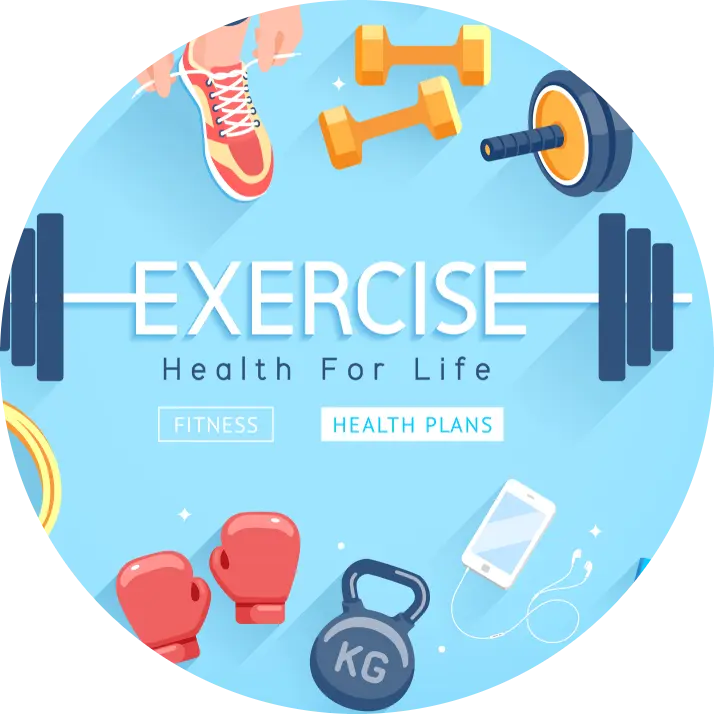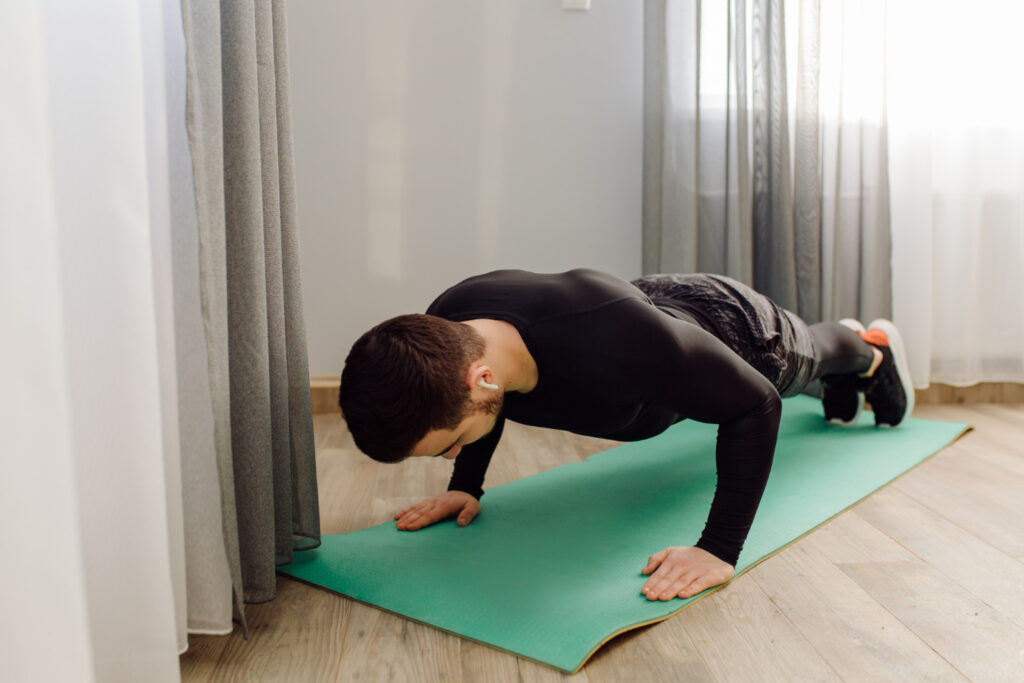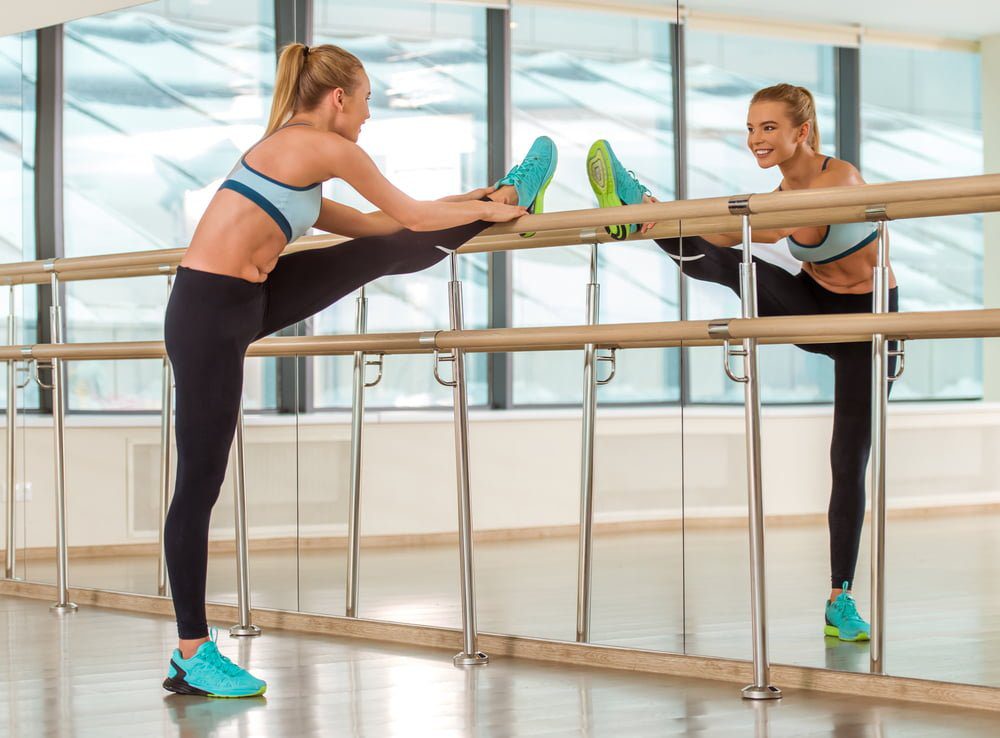Sometimes we get overwhelmed because we can’t get enough exercise each day, but we shouldn’t get discouraged, because more and more studies are finding that even a minimal amount of physical activity has positive effects on physical and mental health and helps us stay fit.
Eleven Minutes a Day of Walking Fast is Enough to Reduce the Risk of Premature Death.
In a meta-analysis with 196 articles already published, researchers from the University of Cambridge have obtained data from more than 30 million participants, and have found that it would be enough to do at least 11 minutes a day (75 minutes a week) of moderate physical activity, such as a brisk walk, to reduce the risk of heart disease by 17%, stroke and various types of cancer by 7%. For some types of cancer, it could be an even lower risk, between 14 and 26% for myeloid leukemia, myeloma, gastric cancer, and head and neck cancer.(1)
And what is considered moderate physical activity?
Exercise experts measure the intensity of physical activity in Metabolic Equivalent or MET. A MET is defined as the energy needed to sit and do nothing . For an average adult, 1 MET is equivalent to 1 Kcal per kilo of body weight per hour.
A 70kg person would burn 70 calories (kcal) if they sat quietly for an hour.
If the MET value of any activity is 2, that same person would burn 140 calories in an hour doing that activity.
According to Harvard University, moderate-intensity activities are those that cause you to move quickly or vigorously enough to burn 3 to 6 times more energy per minute than when sitting quietly, or exercises that clock in 3 to 6 METs. . Activities are considered intense intensity when they burn more than 6 METs.
And in addition to walking at a brisk pace, what can we do to perform moderate-intensity physical activity?
For an easier reference, moderate-intensity physical activity is what increases your heart rate and makes you breathe faster, although you can still talk during the activity. For example, in addition to brisk walking, skating, a bike ride, swimming, cleaning the house, gardening, etc.

Here are some examples of light, moderate, and vigorous or vigorous intensity activity for healthy adults.
LIGHT Physical Activity (<3.0 MET).
- walk slowly
- Working sitting at the computer
- Light standing work (cooking, washing dishes)
- Sitting fishing
- Play most instruments
MODERATE Physical Activity (3.0-6.0 MET).
- Walking fast (more than 6 km per hour)
- Dance
- Light swimming
- Skating
- Intense cleaning (clean windows, vacuum cleaner, general cleaning)
- Cutting grass with electric lawnmower
- Bike ride (16-20 km/h)
- Badminton
- double tennis
INTENSE Physical Activity (>6.0 METS).
- Hiking
- Running more than 9 km/hour
- Work with the shovel
- Carry heavy loads
- Cycling (22-26 km/h)
- Basketball game
- Football game
- Individual tennis
Bottom Line.
The conclusion is clear, going to the gym, running, cycling, swimming, etc., is very good to stay in shape and gain health, even setting yourself a marathon or triathlon-type challenge, but if you don’t have time, you don’t like doing it. sport more intensely, or have an injury, you can stay in shape and gain years of life and health, simply by being an active person who does some moderate physical activity every day, from yoga at home, walks in the park, going on a bike to work, carry the shopping on foot, etc., with a little more than 10 minutes, you can reduce the risk of premature death by 23%.
+1 Source
FitToFar has strict sourcing guidelines and relies on peer-reviewed studies, educational research institutes, and medical organizations. We avoid using tertiary references. You can learn more about how we ensure our content is accurate and up-to-date by reading our editorial policy.
- Non-occupational physical activity and risk of cardiovascular disease, cancer and mortality outcomes: a dose–response meta-analysis of large prospective studies; http://dx.doi.org/10.1136/bjsports-2022-105669

 Workout
Workout
 Meditation
Meditation




 Contact Us
Contact Us















